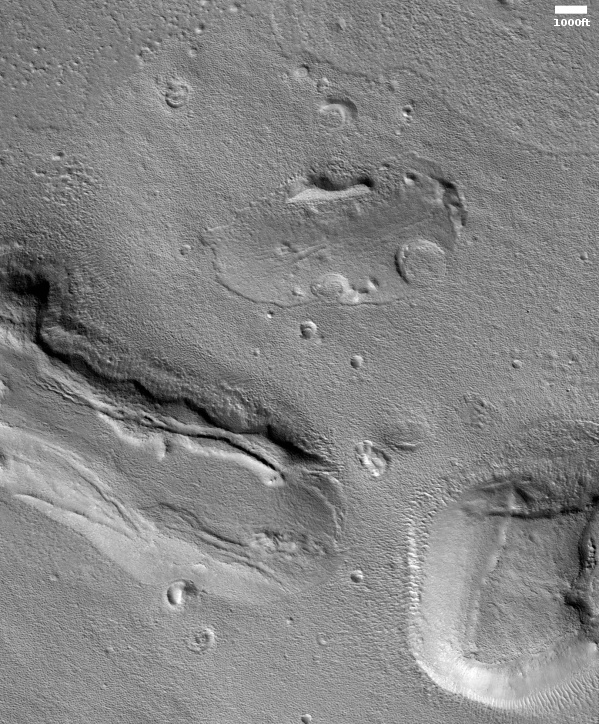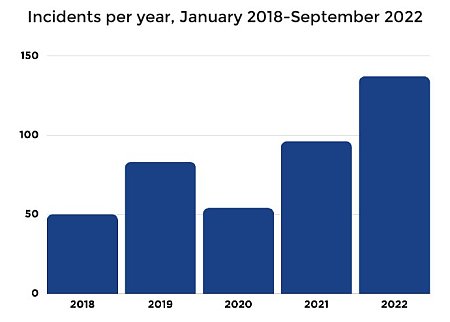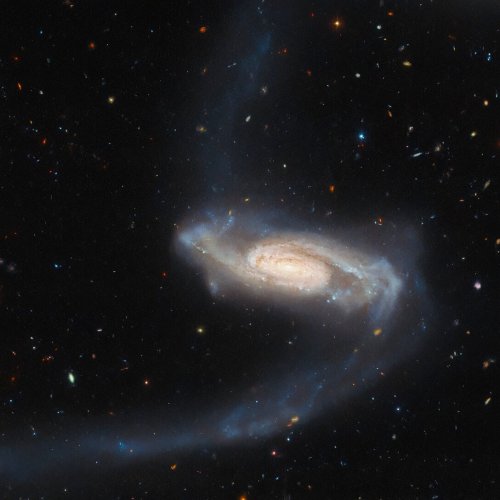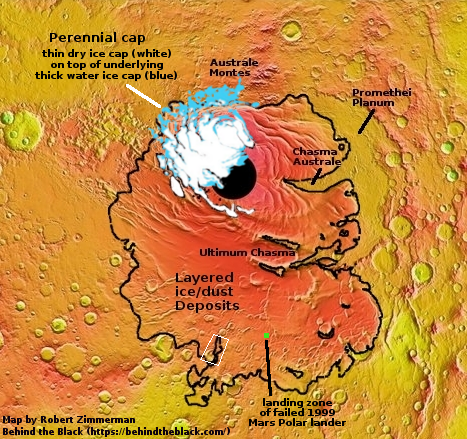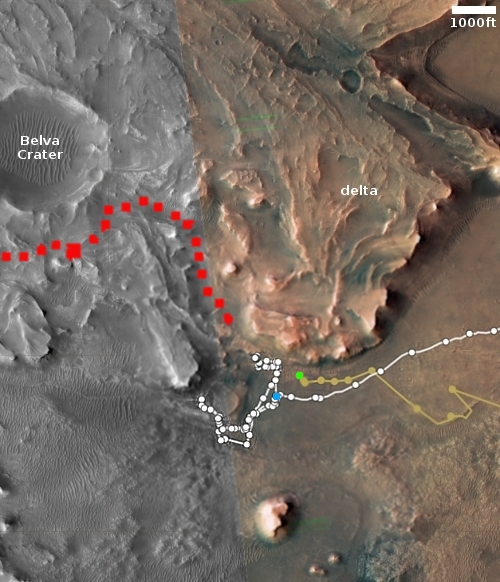SpaceX has about 100 Starlink terminals working in Iran
Though the Iranian government opposes their use, according to a tweet by Elon Musk SpaceX now has almost 100 Starlink terminals working in Iran.
Elon Musk announced that SpaceX has almost 100 Starlink terminals active in Iran. SpaceX activated Starlink services in Iran in September, supporting the United States’ stance on providing internet freedom and free flow of information to Iranians.
Unlike Ukraine, SpaceX does not have the cooperation of the Iranian government to expand Starlink services in the country. In Ukraine, President Volodymyr Zlenskyy and the Minister of digital transformation Mykhailo Feorov have actively supports Starlink connection during the war with Russia.
In contrast, the Iranian government is actively trying to limit its citizens’ internet access. The United States government has taken a stance against the Iranian government’s decision regarding internet access for its people.
SpaceX has routinely cooperated with foreign governments before selling terminals, likely because to do otherwise would get it in trouble with the U.S. State Department. In this case however the State Department appears to have approved this action, and SpaceX then made it happen.
Though the Iranian government opposes their use, according to a tweet by Elon Musk SpaceX now has almost 100 Starlink terminals working in Iran.
Elon Musk announced that SpaceX has almost 100 Starlink terminals active in Iran. SpaceX activated Starlink services in Iran in September, supporting the United States’ stance on providing internet freedom and free flow of information to Iranians.
Unlike Ukraine, SpaceX does not have the cooperation of the Iranian government to expand Starlink services in the country. In Ukraine, President Volodymyr Zlenskyy and the Minister of digital transformation Mykhailo Feorov have actively supports Starlink connection during the war with Russia.
In contrast, the Iranian government is actively trying to limit its citizens’ internet access. The United States government has taken a stance against the Iranian government’s decision regarding internet access for its people.
SpaceX has routinely cooperated with foreign governments before selling terminals, likely because to do otherwise would get it in trouble with the U.S. State Department. In this case however the State Department appears to have approved this action, and SpaceX then made it happen.



